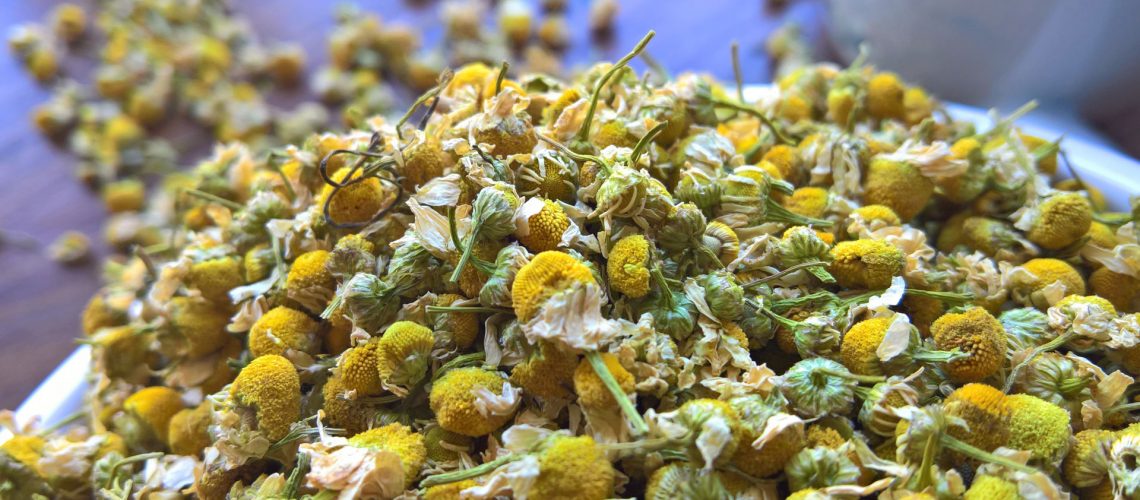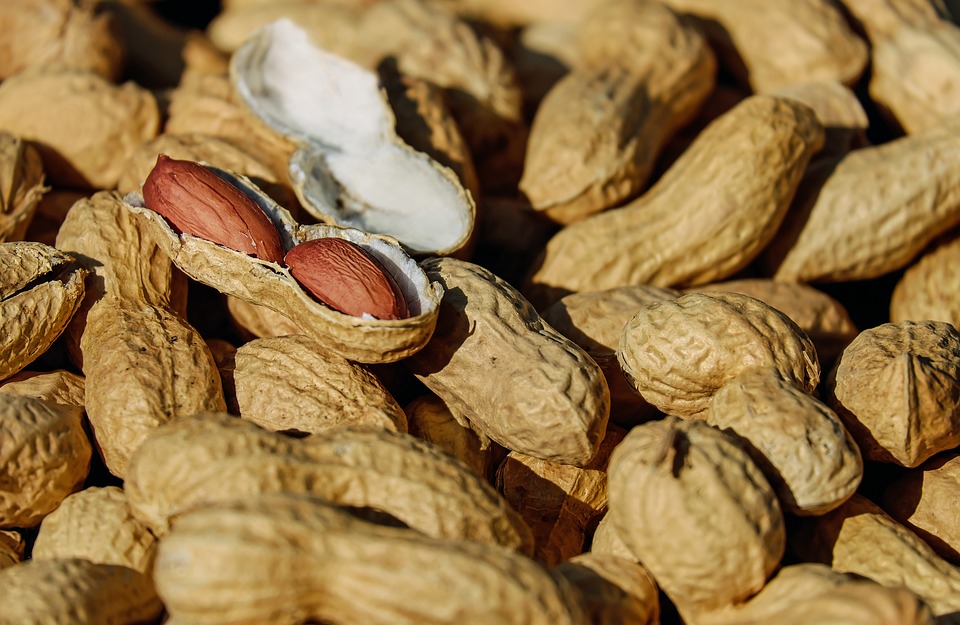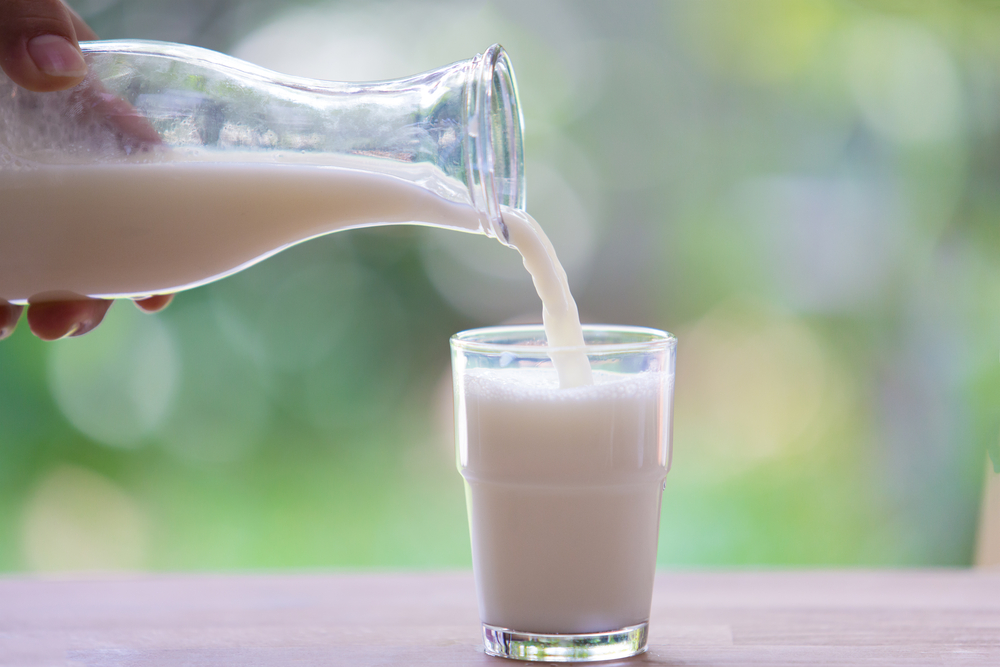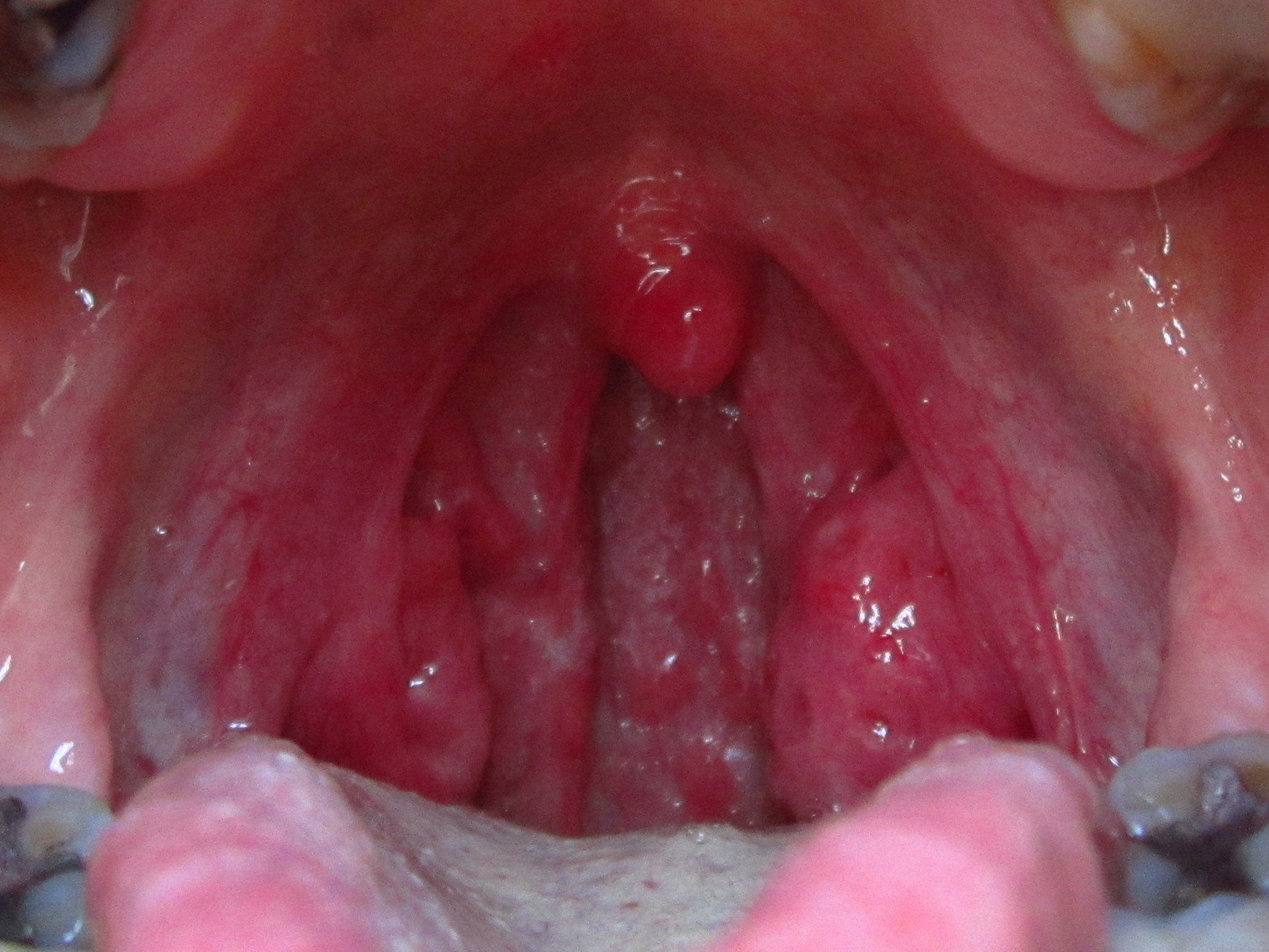It is known as ‘the bedtime plant.’ Who among us has never had a cup of chamomile tea before bedtime, or to calm states of anxiety? Little is known, however, about the ‘history’ of this flower, its varieties and how not to confuse them, where its name comes from, how easy it is to grow it even in the garden or vegetable garden to have its ‘flower heads’ always ready for use. So let’s delve into its discovery.
In Botany. Those in the know call it Matricaria recutita L., synonym Matricaria ch amomilla L: scientific names for chamomile. An annual herbaceous plant of the Asteraceae family, or Compositae, whose stem can reach a height of 50-80 cm. It has green leaves, divided into thin laciniae, and the peak of flowering occurs between May and October, with an explosion of white flowers with a yellow center, the tubular-shaped ‘flower heads,’ which are the true essence and most valuable part of chamomile: in fact, they contain the active substance of chamomile and must be cut off immediately after flowering. The small white petals, called “ligules,” are the hallmark for recognizing common chamomile from other species: at the end of flowering, they will be facing downward; another characteristic sign are the leaflets crossed by thin incisions. There are, in fact, other varieties of chamomile among the most widely used and popular are Roman chamomile, Anthemis nobilis, and the German chamomile; all with numerous benefits, used both in the cosmetics than in natural medicine, as a medicinal herb with many properties, especially soothing. In addition, by hybridization from the species called matricaria inodora a double-flowered daisy was created whose flowering is very prolonged and is used as an ornamental flower for flower beds.
Habitat and nomenclature. Chamomile is native to Europe; it grows wild everywhere: in wheat fields, uncultivated areas and at the edges of country lanes, along roads and near houses. It can be found throughout Italy from the sea to the submontane region but always below 800 meters in height. This is why it is called a weed and rustic which adapts well to different types of soils: it abounds in strong, dry and stony soils, grows well in poor ones but tolerates acid soils poorly on which it produces poor essence. It is also adapted to saline soils and vegetates reasonably well in high pH. Where it grows abundantly, the air is impregnated with its distinctive and aromatic scent, which smells of apple. It is precisely from this typical scent that its name “khamaìmelon,” from the Greek “earth apple” or “small apple”(chamái, “of the soil” and mḗlon, “apple”) was derived by the Greeks because of its smell similar to that of the dwarf apple. Later the term was Latinized to Chamomilla. While the botanical name Matricaria, comes from the Latin mātrīx, meaning “womb,” referring to the calming power in menstrual disorders, so much so that even today chamomile is an ingredient in many drugs and parapharmaceuticals for this purpose. Chamomile loves sun, air and heat, but suffers from drafts and excessive wind; in fact, it prefers places with mild winters. Today it is mainly cultivated in Germany, Hungary, Yugoslavia, the Soviet Union, Egypt, Argentina, as well as several other European countries. Although it is an annual plant, the crop can last from 3 to 7 years because of the flower heads left on the plant, which, by disseminating, spontaneously perpetuate the species.
Uses in antiquity. Chamomile was already known to the ancient Egyptians, who dedicated the flower to the Sun God; traces of the plant were found in the tomb of King Ramesses II, probably to give him courage and calm on his journey to the afterlife. However, the Egyptians also knew of its therapeutic effects and used it to treat limb pain, neuralgia, and as an antipyretic. Instead, it was the Greek physician Dioscorides Pedanius (40 – 90 AD), who first sensed its emmenagogic, menstruation-stimulating properties, which centuries later were confirmed by official medicine, and later the Roman Pliny made it a valid remedy for soothing a great many health problems. In the Middle Ages, chamomile was used to treat serious diseases, such as infections, tuberculosis, and plague; in fact, chamomile plants were burned to spread beneficial and “saving” fumes. In addition, to protect infants from the epidemics of the time, tufts of chamomile were hung on their beds. Finally, chamomile was also used as a defense for the garden, to give vigor to perished plants or cut flowers, even today if you want to keep a vigorous bouquet of flowers you only need to add a few chamomile flowers or place an infusion sachet inside the vase Even in Anglo-Saxon countries it was considered a medicinal herb, in Lacnunga an ancient manuscript, containing prayers and medical notions, dating back to the late 10th century, it was described as the most powerful among the nine sacred plants given to the world by the god Odin.
Legends…chamomile tea. There are many, some ancient and some from the more recent past:
- In the past, it was believed that washing one’s hands in chamomile water, brought good luck, or that hiding one of its flowers in one’s shirt pocket could represent a love spell. Finally for the pleasant and relaxing aroma, there are also those who used to take baths with chamomile, those who burned it as incense, and those who meditated in its company.
- The Ebers Papyrus, from about 1506 B.C., written in Hieratic, he contains numerous medical prescriptions, magic formulas and remedies, relates that the Egyptians used chamomile to lower fever and to heal and beautify the skin.
- Medieval monks were said to leave their monasteries and descend together into the valleys to pick bouquets of chamomile in late spring and then scatter its fragrant petals during sacred ceremonies. They were the first to notice that if planted next to a diseased shrub, it would heal: to this day, chamomile still keeps insects away and protects vegetable gardens.
In the language of flowers and plants. Chamomile symbolizes strength and resilience against adversity, perhaps in association with the fact that the plant due to its relaxing properties helps face the adversities of daily life.
Uses. Chamomile is used in herbal medicine, cosmetics and cooking.
- In the kitchen: the best known use is certainly the use of the dried flower heads in infusions and herbal teas, but chamomile is a versatile flower and is also suitable for flavoring jams, candies, ice cream, and liqueurs, such as vermouth, or aromatic wines such as Xeres. But you can also create tasty risottos, flavor fish salads, soft breakfast cakes, sweet creams and cookies with chamomile. In addition, fresh flowers are perfect, given their small size and elegant simplicity, for decorating many sweet and savory dishes.
- In herbal medicine and phytotherapy: it is exploited internally in the treatment of inflammatory disorders of the gastrointestinal tract, or externally to soothe inflammatory states of skin and mucous membranes with compresses.
- In cosmetics: soothing action is always exploited to counter skin conditions or swelling. For example, a handkerchief soaked in cold chamomile tea dabbed on the eyelids upon awakening helps relieve the swelling of dark circles. Or it is used to lighten hair.
Cultivation. Growing chamomile is simple, it is not a plant that requires special care but only a few ‘pointers’, regarding:
- Soil: It is best to choose an area in full sun with dry, even poor soil. It is good to prepare the soil for planting by incorporating 3 to 4 kg per square meter of well-matured compost, after which no special other fertilization is needed.
- Sowing: can be done in spring, directly in the open ground, by scattering so that a rich, flowering coat of chamomile can be obtained throughout the dedicated area. It is a good idea to prepare the area with the spade, loosening the clods deeply and then breaking them up with the hoe, finally leveling the surface with the rake. When finished, wet the soil with the diffuser of the watering can, distribute theseeds evenlyand cover with a layer of soil passed through a sieve. Early sowing, done in July, yields better results than late sowing and early sowing (in spring). The optimal density is to look for about 20-25 plants per m². If a large number of seedlings are born, complicit in having used a fair amount of seeds as a precaution (since they are very small) it will be appropriate to thin them out a bit, leaving about 15 cm between seedlings so that they are allowed to branch out well.
- Watering: it is good to do it regularly so that the plants can grow thriving and healthy. It is necessary, however, that at least initially you clear the soil of weeds to avoid excessive competition when the plant is still unprotected and subject to external hazards. As long as the seedlings are small, water them often, gradually reducing until you stop watering altogether, since chamomile is drought-resistant.
****
Harvesting of flower heads. Provide for harvesting the flower heads in full bloom, in spring starting in May, when they have the highest concentration of active ingredients and their fragrance is intense. You can choose to pick individual flowers or cut the entire plant at the base, then hang them in bunches and complete the drying process in 2 to 3 days, placing them in a cool, shady and ventilated place so as to prevent mold or rot caused by moisture. Avoid drying plants in the sun because they will lose their aromas, and to preserve plants from dust, wrap them in breathable cloths. Once dried, separate the flowers and seal them in airtight glass jars for storage in dry cupboards.
Pests and diseases. Regarding pests and diseases, chamomile could be attacked by aphids, which you can counteract with Beauveria bassiana products (label doses) or with 1.5 percent Marseille soap.




















































































